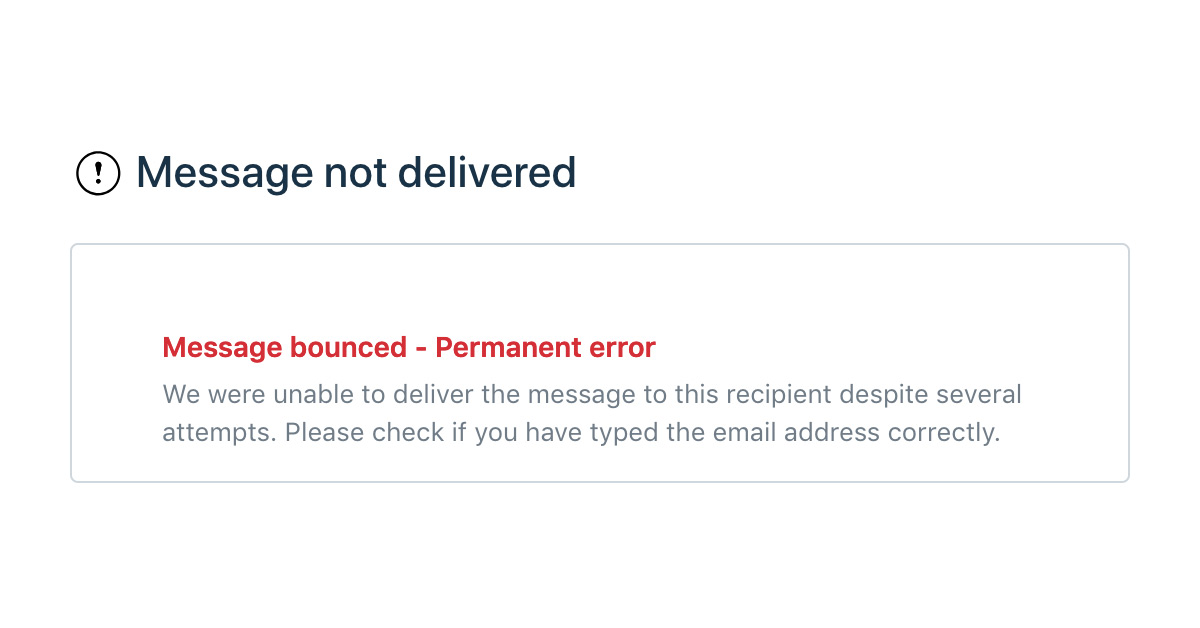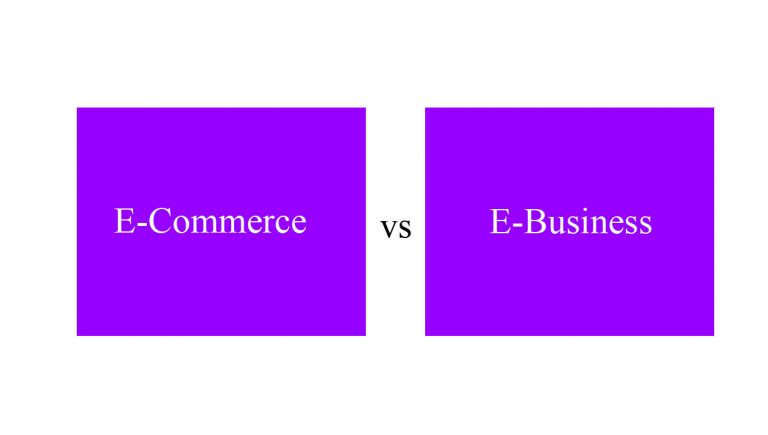What Happens to Email When the Domain Name Expires?

If you are a business owner, you know how important it is to have an email – it is the most convenient platform for communicating with your team members, clients, and vendors. It is just as important to have an email domain that matches your business. This gives assurances to your clients that you are professional and most importantly, legitimate. You can either purchase an email domain, or you can get a free email domain.
When you purchase a domain name, all you are essentially doing is borrowing it for a specific period, in most cases 12 months or longer. You then pay a small annual fee to use the domain name until the time to renew comes. Normally, you have the option to choose to auto-renew your domain, that way you don’t lose. If the option for auto-renewal is not available or possible, or you simply did not opt for it, the registrar will notify you in advance that the renewal date is coming up. So what happens then if you fail to meet the deadline, and the domain name expires? What happens to the email?
What happens if I don’t renew my domain name?
Once you have missed the deadline to renew your domain name, the domain in question will immediately become inactive. All the services attached to the domain will no longer be in operation. Essentially, your website will disappear and lose access to your inbox and emails. Business owners would also forfeit web traffic and reputation. No updates to the domain can be made while it is expired. Your domain will go through three phases: Expiration grace, Redemption grace period, and Pending delete.
Expiration grace period
In this stage, the domain has expired and the registrant has forfeited their rights. The domain will be on-hold. Services attached to the domain will stop working. These including the running of a website or email services. In some cases, the registrar will allow the stationing of the website so that visitors will see a ‘domain has expired’ web page. Sometimes these web pages will include pay-per-click ad links.
The domain will be can keep between 1 to 45 days, varying from registrar to registrar. A domain name in this phase can still renew its domain swiftly and inexpensively.
Redemption grace period
If the domain has not yet been renewed, the domain will move from the expiration grace period into the redemption grace period. This usually will be for 30 extra days after the expiration period. ICANN controls the 30 days and therefore cannot be altered. This means that your registrar will have to request to file a cancellation with ICAAN and make them aware that the domain registration is inoperative
In this stage, it is still possible to renew the domain however the registrant will be subject to hefty penalty fees. Essentially, once you are in this stage, retrieving and renewing the domain name will become a lot more expensive.
Unfortunately, a domain name cannot be retrieved after this stage. After the 30 days lapses, your domain will be disengaged to the general public, allowing anyone to grab it.
Pending delete
If a domain has still not been renewed after the redemption grace period, it will move over to the final phase; pending delete. The domain name will be in this phase for more or less five days. The domain name is about to be deleted however, it not yet accessible or available to the public. After five days, the domain name will be released, and anyone can claim and register the name.
A registrant can try their like and try to claim the domain name after it has been released. However, it not a guaranteed move considering that someone using a back-order company may claim the domain or on a first-come-first-serve basis.
How long does it take for a domain name to be available after it expires?
For a new registrant to be able to purchase the rights to use the expired domain name, the grace and redemption period, depending on if the registrar offers them, have to expire. The two-period when the added amount to a couple of weeks in some cases it could go over a year. Following these phases, the domain will be pending deletion for a short period. The expired domain may be auctioned on the market right after these stages expire.
This is usually 30 days. Anyone that expresses an interest in buying the expired domain name will be briefed and invited to purchase the expired domain when the time comes. If there aren’t any backorders placed, or the person who placed the backorder opts to no longer purchase the domain, it will be auctioned off the highest bidder. The duration of the auction is usually around 7 days. The domain name will be entered back into the Registry if it is not sold during the auction period. This is referred to as a closeout domain name.
What happens to email when the domain name expired
Emails are regulated by the MX record within the Domain Name System (DNS) which directs to your mail server. Once your domain name expires, the entry for the DNS server will ultimately be removed from top-level DNS (.net, .com, etc.).
DNS entries are stored all over the internet. MX records will disappear from the global DNS. This means that someone who has been constantly sending you an email once every two hours will still be able to send the emails for a little while longer. However, a new contact who did not have your records cached would not be able to send you an email. The cached DNS will in a few hours disappear – existing contacts will no longer be able to find it.
If your mail domain doesn’t have an MX record, mail servers will handle it as an unchanging failure and create a notice like “host unknown” or any other non-delivery notice. If the MX record is configured by someone else that registered for the domain, mail servers will be sent a mail to those IP addresses – you won’t lose your emails but you will then be at the mercy of the new owner of the domain. If there is server is configured, mail will be delivered to the new owner of the domain – that’s if the account exists or is rejected with an error code “no such user”.
Any email that is received by your server before your domain name expiry will still be on your server. However, no-one will be able to locate it. An IP addressed could be used to locate it but with it, there is no other way to find out.
For business owners who operate on their local DNS, can continue to provide the domain records locally, so that people will still be able to access and read old mail. This is not possible from home unless you have a Virtual Private Network (VPN) connected to your office network. Outsourced email from companies like Google and Microsoft will not be accessible at all.
How do I reactivate an expired domain?
Typically, domain names that are in the expiration grace phase can still be renewed (redeemed). The original registrant still has the window of opportunity to repurchase the domain without paying extra fees. However, the window of length differs from registrar to registrar. It could be a short as two or three weeks and as long as twelve months. In the worst-case scenario, not offered at all. The expiration grace period also depends on the type of top-level domain used (.com, .org, .net, etc.)
During the redemption grace phase, the registrant can still renew their expired domain name. The registrars will usually require renewal fees and redemption fees for the redeeming of the domain name.
If you failed to renew a domain name in the Redemption Grace period, you can submit a Domain Renewal Complaint Form.





